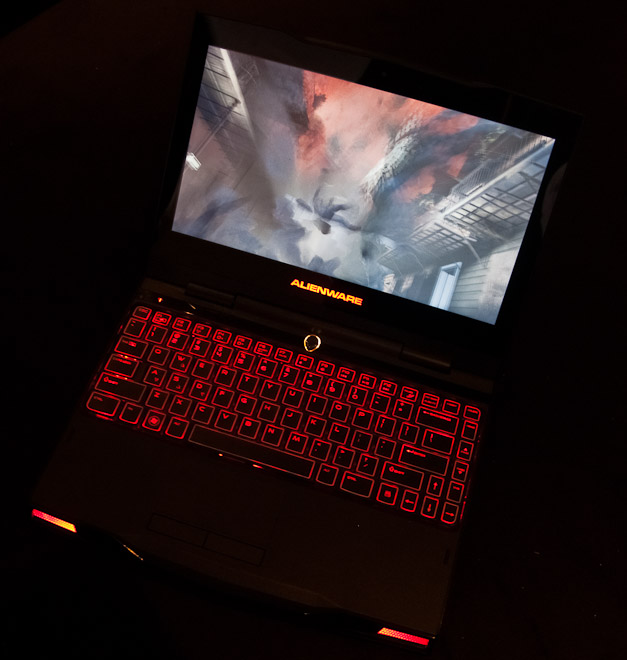What an incredible moment to be alive in the virtual world. While the COVID-19 has kept us all trapped inside much longer than we’d want, VR has stepped in and provided us with an opportunity to explore without ever leaving our homes. Immersive environments, natural movement, and sensations unique to VR gaming are available in some titles.
While the Oculus Quest and Quest 2 have established a compelling case for standalone VR headgear, games with enormous landscapes, and mind-blowing visuals, you still need a powerful PC.
But if you’ve always preferred the portability of a laptop, I have some good news for you: laptops have advanced to the point where many can now run high-end games. Continue reading to discover more. Do you want some suggestions?
Requirements for Headsets

When you’ve decided which VR headset to purchase, the first thing you should do is research the headset’s minimal system requirements and recommendations. Not all virtual reality headsets have the same fundamental requirements.
I realize it’s a little perplexing. When you begin your search, use the headset minimal criteria as a starting point. A graphics card, the processor, and the quantity of RAM are the three most important components, while ports are also vital! I’d also suggest getting the quickest Wi-Fi router you can. You don’t need to have a fast internet connection, but you will need a fast network to wirelessly stream PCVR games to a wireless headset like the Quest 2.
Gaming Requirements
Things start to get a little complicated here. While the headgear requirements may not appear too difficult to meet, the flagship titles will be significantly more demanding.
But here’s the thing: that’s merely to get the game to run in a lower-fidelity setting in the first place. Although you can still play it, if you want all the beautiful, complex textures, you’ll need something like an RTX 3080 GPU, which may be difficult to come by, let alone expensive.
Predator Triton 300 SE by Acer
This laptop offers a fantastic power-to-price ratio. An Intel Core i7 processor powers the GeForce RTX 3060 laptop GPU.
It isn’t the quickest laptop on our list, but it is excellent value for money. It’s noticeably less conspicuous than a standard gaming laptop, and it wouldn’t appear out of place at a business meeting. The screen is a little tiny, but that’s not a big deal if you’re going to use a VR helmet to play.
The Asus ROG Zephyrus G15 by Asus

Look no further if you prefer AMD’s CPUs over Intel’s. This laptop is small and portable, weighing a little over four pounds, and it looks great (a 165Hz 1440p display certainly helps with that).
It will blast through even the most sophisticated VR games on the market if you max it up with AMD’s Ryzen 9 and Nvidia’s GeForce RTX 3080. The odd omission is that this laptop lacks a camera, which may make it difficult to use as a business machine, especially in the age of Zoom, but a USB cam can always be purchased.
Alienware m17 R4
If pricing isn’t an issue, then maxing up the features on this beast will get you the greatest VR laptop currently available. It comes with an Intel Core i9 processor, an Nvidia RTX 3080 graphics card, and 32GB of RAM, making it more powerful than many gaming PCs. When you add in a gorgeous 17.3-inch 4K display, you’ve got yourself a true beauty. It’s 6.6 pounds and has a short battery life, so don’t expect to game your way through an international journey, but in most other respects, this laptop is unbeatable.
Here we gather three of the best laptop for VR gaming. You can choose any of them according to your liking (or the features of course). Let us know in the comments which laptop do you find worth trying…

